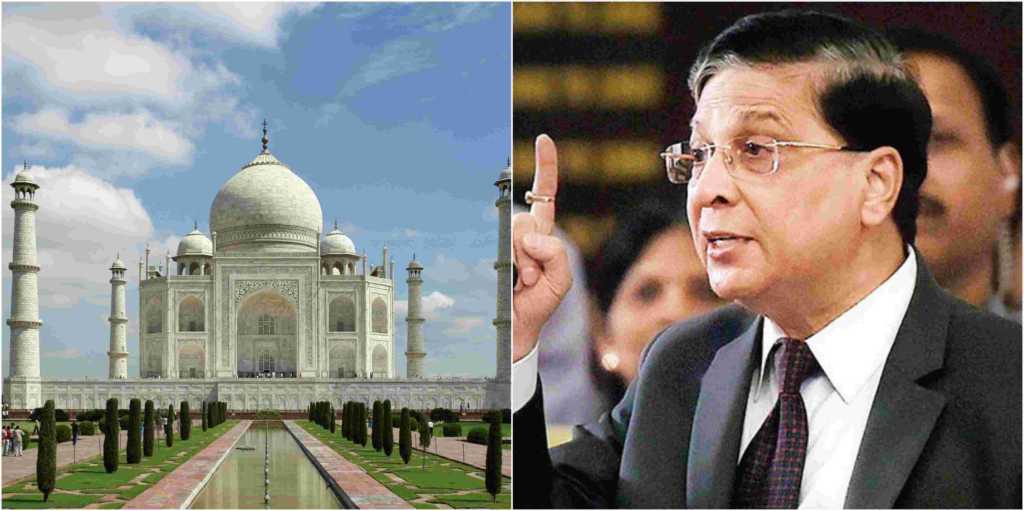The image of the Supreme Court of India is of an institution which protects fundamental rights of citizens and upholds the Constitution. The SC takes tough decisions based on the facts presented before it. Polar opposite of the Supreme Court’s by-the book modus operandi would be the Sunni Waqf Board of Uttar Pradesh. The Waqf boards were created to maintain and manage the property which is given permanently for religious or charitable purposes as recognized by the Muslim Law. This is in fact the literal translation of the word Waqf as well.
Describing the ‘efficiency’ of the Waqf boards in maintaining and using the property to generate revenues, Justice Shashvat Kumar who headed, the Shashvat Committee, in his status report mentioned that , nationwide Waqf properties constituted a land bank worth RS. 1.2 lakh crore and could have generated annual returns of Rs. 12,000 crore but yield only Rs.163 crore owing to mismanagement and a severe shortage of senior government officers.
Given this mismanagement and recurring loss of revenues, it has been repeatedly suggested that Wqf properties should be managed by Archaeological Survey of India (ASI). Waqf boards are, however, not willing to cede control on the lucrative properties to ASI.
And the latest demand which had come from their ranks was of naming Taj Mahal as Waqf property. This demand though is not entirely new in nature.
The first demand for naming Taj Mahal a Waqf property came from a gentleman named Mohammad Irfan Bedar in 1998, who had approached the Waqf board asking to get the property registered as a Waqf. He also wanted the board to declare him as the caretaker of the property. As the decision got delayed, he moved to the Allahabad High Court. The Allahabad High Court directed him to approach the board afresh with the issue.
The Sunni Waqf board of Uttar Pradesh made an audacious move by issuing a notice to the ASI asking them to register the property as Waqf. The ASI opposed the ridiculous plea of the board but the board went ahead with its order to declare the monument as a Waqf property.
Stupefied by this order the ASI had challenged the board’s July 2005 decision to declare Taj Mahal as a Waqf property. The bench led by the Supreme Court Chief Justice of India Dipak Misra made a mockery of the Waqf board’s claim today. The statements given by the CJI show the ridiculousness of the Waqf board’s baseless claims on the historical monument.
Country’s top judge said to the board, “Who in India will believe it belongs to the Waqf board? These kinds of issues must not waste the time of the Supreme Court,”
He added- “How did he (Shah Jahan) sign the waqfnama? He was in jail and used to view the monument while in custody,” CJI added.
He mocked the Sunni Waqf board’s claim by asking them to show the papers related to transfer of the Taj by Shah Jahan. “Show us the signature”, the CJI replied when the board wanted to be given some more time.
This hilarious exchange and public ridicule must have dampened the spirits of the Sunni Waqf board from Uttar Pradesh who wanted to get a hold on the Taj Mahal. The mockery of board’s claim by Supreme Court CJI was not only justified but called for given board’s ridiculous claims in the past. One certainly hopes saner sense prevails with the Waqf and they refrain from making such absurd claims in future.
